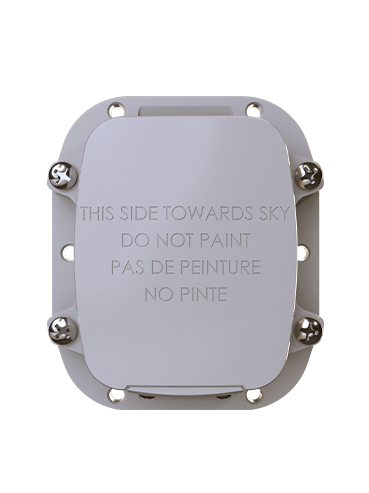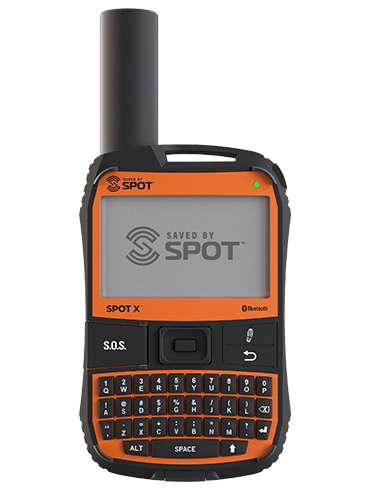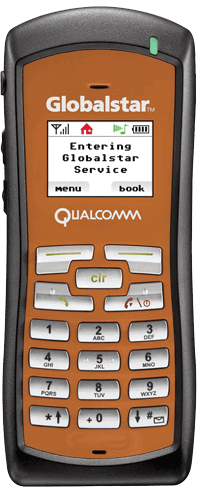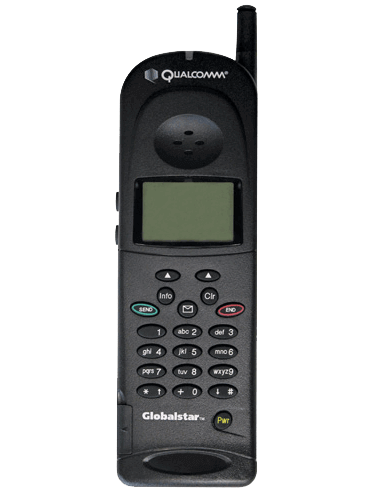Supporting Corporate and Heavy Equipment Tracking with Satellite Connectivity
When it comes to managing high-value assets, visibility is everything. For enterprises with fleets, heavy machinery, or critical infrastructure in remote or dynamic environments, reliable GPS tracking and asset monitoring are crucial for protecting investments, maximizing uptime, and minimizing operational risk.
Whether you're coordinating construction equipment across multiple job sites or monitoring cross-border logistics in real time, gaps in connectivity can mean more than just inefficiencies—they can mean lost assets, missed deadlines, or major financial exposure.
Key Use Cases for Satellite-Based Asset Tracking
Satellite technology plays a pivotal role in bridging these gaps, especially in areas beyond the reach of cellular or traditional radio frequency (RF) networks. As industries expand into increasingly remote or infrastructure - poor regions, satellite-powered tracking is becoming a cornerstone of smart asset management.
Fleet and Equipment Tracking for Construction and Mining
In rugged, remote, or rapidly shifting environments, such as construction zones or mining operations, knowing the location of your equipment and whether it’s active, idle, or in transit is crucial to operational success. Satellite-enabled tracking solutions provide reliable, real-time visibility, regardless of the site's location off the grid.
These systems not only reduce the risk of theft or unauthorized use but also support smarter utilization, helping operators identify inefficiencies and redeploy assets faster. With tamper-resistant hardware and low-power capabilities, satellite-connected asset trackers are built to withstand harsh conditions while maintaining continuous communication.
Supply Chain and Logistics Monitoring
or logistics providers and corporate supply chains that span borders and continents, satellite connectivity ensures constant visibility across every handoff. Unlike cellular-based systems that go dark in rural areas or across international lines, satellite-powered tracking devices maintain coverage from end to end.
This continuous data stream supports real-time alerts, route optimization, and compliance reporting, thereby minimizing delays and providing businesses with the agility they need to respond to disruptions. With platform-agnostic designs, these tracking solutions seamlessly integrate into existing logistics systems, providing unified oversight at scale.
Remote Industrial Operations and Maintenance
In oilfields, wind farms, and other remote industrial sites, equipment failure can lead to costly downtime or worse. Satellite-connected sensors and monitoring solutions allow operators to implement predictive maintenance strategies even in areas without terrestrial infrastructure. These systems can detect early signs of mechanical issues, send alerts to central monitoring hubs, and reduce the need for manual inspections. By enabling constant visibility, satellite connectivity not only extends the lifespan of mission-critical equipment but also enhances safety and operational resilience.
Inventory Management
Satellite tracking devices offer a powerful solution for inventory management, especially in operations that span remote or infrastructure-poor regions. By enabling real-time visibility into the location and condition of high-value assets, satellite-connected trackers reduce the risk of theft or misplacement, which are common issues that drive up operational costs.
With accurate, always-on tracking, companies can streamline audits, optimize inventory levels, and avoid costly delays or downtime caused by missing equipment or materials. The result is not just tighter control over assets, but measurable savings in time, labor, and replacement costs.
How Globalstar’s Differentiators Support Corporate and Industrial Use Cases
Globalstar’s satellite network is purpose-built for enterprise-grade asset tracking in remote and challenging environments. As the exclusive operator of our low-Earth orbit (LEO) constellation, we provide seamless, global coverage that enables high-frequency, two-way communication between devices and central platforms, ensuring that data flows in real-time, regardless of geography. Globalstar tracking devices are designed with security and practicality in mind:
- Tamper-proof hardware and low-profile form factors help prevent tampering and enable discreet installation
- Low-power operation ensures long battery life and reduces maintenance needs, even in continuous-use environments
- Platform-agnostic integration allows for easy deployment into corporate systems, with flexible scaling across geographies and verticals
- Affordable solutions make fleet-wide deployments and large-scale implementations accessible for businesses of all sizes
- Intrinsically Safe to avoid hazards in difficult environments, particularly those like oil, gas, and mining, which introduce combustion risk
This combination of performance, durability, and cost-effectiveness positions Globalstar as a leading partner for corporations that need constant visibility over assets they simply cannot afford to lose.
Scalable, Reliable, and Built for What’s Next
Globalstar’s satellite network supports mission-critical communication and tracking for some of the most demanding industrial environments on Earth. With more than 30 years of operational experience and a strong growth trajectory fueled by new partnerships and innovations, we continue to lead the way in affordable, scalable satellite solutions.
This blog marks the final entry in our series on how satellite connectivity powers the industries that can’t afford to go dark. From emergency response and remote monitoring to asset protection and industrial operations, Globalstar’s unique differentiators—reliable LEO coverage, affordable tech, and trusted integration—deliver long-term value that scales with your mission. No matter where your equipment, teams, or cargo go, Globalstar ensures they stay connected.
 SmartOne Solar
SmartOne Solar SmartOne C
SmartOne C STX3
STX3 STX3 Dev Kit
STX3 Dev Kit SPOT X
SPOT X SPOT Gen4
SPOT Gen4 SPOT Trace
SPOT Trace
